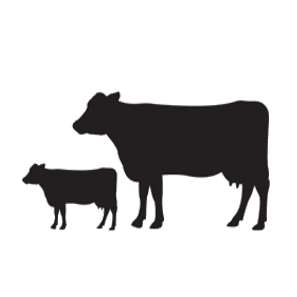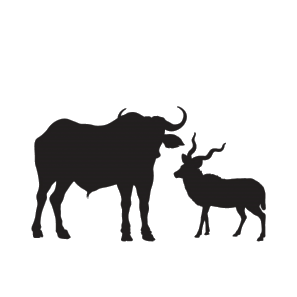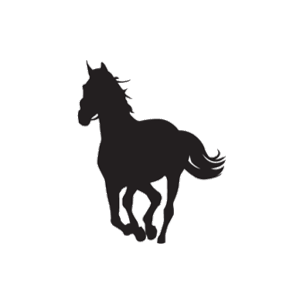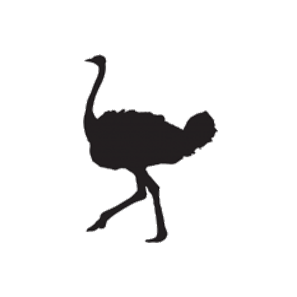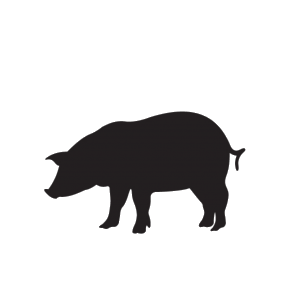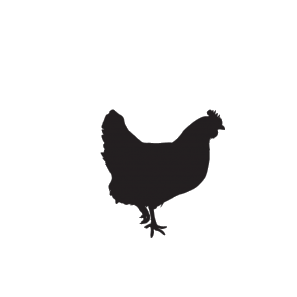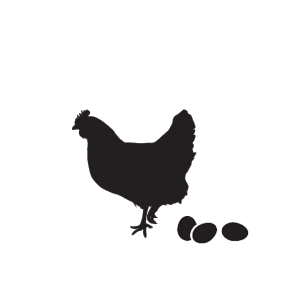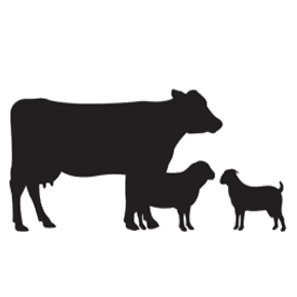Animal nutrition is one of the most important factors in farming with livestock. The level of nutrition on which animals are held will determine whether they are able to reach their genetic potential. One of the factors that will most impact the intake of feed, is the amount of good quality clean water that the animal has access to. It is essential for the survival, growth and reproduction of all animals.
Water is an essential nutrient required for all animals to survive. It makes up roughly 60 to 70% of an adult animal’s live weight, and about 80% of the live weight of a newborn.
Intake vs loss
Water can be produced in the body through metabolic reactions, but most of the water that an animal receives is through its feed, and drinking it directly from a trough. Water is also constantly being lost in the form of saliva, sweat, urine and faeces, as well as through vapour from the lungs in the process of breathing.
Functions performed by water
- Water is needed by the animal in order to keep its body at a relatively stable temperature. It keeps the body cool through the production and evaporation of sweat.
- Water is necessary for digestion and absorption of feed, and aids in the hydrolysis of nutrients like carbohydrates, fats and proteins.
- Water maintains the proper ion balance in body tissues as it is a neutral solvent, and readily encourages the ionization of most substances.
- Water helps to transport products like metabolites, hormones and gases throughout the body.
- Water aids in the elimination of waste products, through urine and faeces.
- Water also acts as a lubricant and support for joints and organs.
The link between water, feed intake, and growth
A direct link has been established between the amount of water that an animal consumes, the corresponding amount of feed that it eats, and the rate of weight gain. Poor water intake leads to poor feed intake, and consequently a poor growth rate.
Withholding water, or supplying water of poor quality will have an overall negative impact on the profitability of a farm, as the growth rate, milk production, and general health status of the herd decreases.
How much water an animal needs
The amount of water that an animal needs will depend on its physiological stage, activity, age, rate of gain, rate of respiration, environment, type of feed, and feed intake.
A pregnant or lactating animal, for instance, will need more water than a dry animal. This is because a lactating animal is constantly producing milk, of which about 85% is water.
Animals that graze on veld with a high water content will not need to be supplemented with as much additional water as animals that are fed a diet that contains only 10% moisture.
Cattle: For temperatures over 35 °C, cattle should be supplied with 8 to 15 liters of water per kg of dry matter that they consume.
Sheep: An adult sheep will require between 3 and 4 liters of water per day during summer months, and at least 2 liters of water per day during the winter.
How to ensure water intake
There are five properties that need to be considered when assessing the quality of drinking water.
They are:
- Taste and odour (organoleptic properties)
- Presence of heavy metals, minerals, hydrocarbons etc
- Presence of bacteria
- Hardness, pH, total dissolved solids of the water (physiochemical properties)
- The presence of excess minerals and compounds like nitrates, sulfates and iron
Ensure that water is free from contaminants like toxins, heavy metals, mineral salts and agricultural waste, among others. It should be noted that if the animal’s feed or water contains a large amount of salt, the animal may try to compensate by consuming excess amounts of water in order to get rid of the excess minerals.
Drinking water should be free from microbial contamination. Bacteria and other microbes can be toxic to livestock, and the consumption thereof may lead to problems like infertility and reproductive issues, diseases like foot-rot, and decreased milk production. For this reason drinking water should not be left to stagnate.
Ensure that the water is readily available and at an acceptable temperature. Livestock are more likely to drink water that is cooler and under shade than water that is not.




